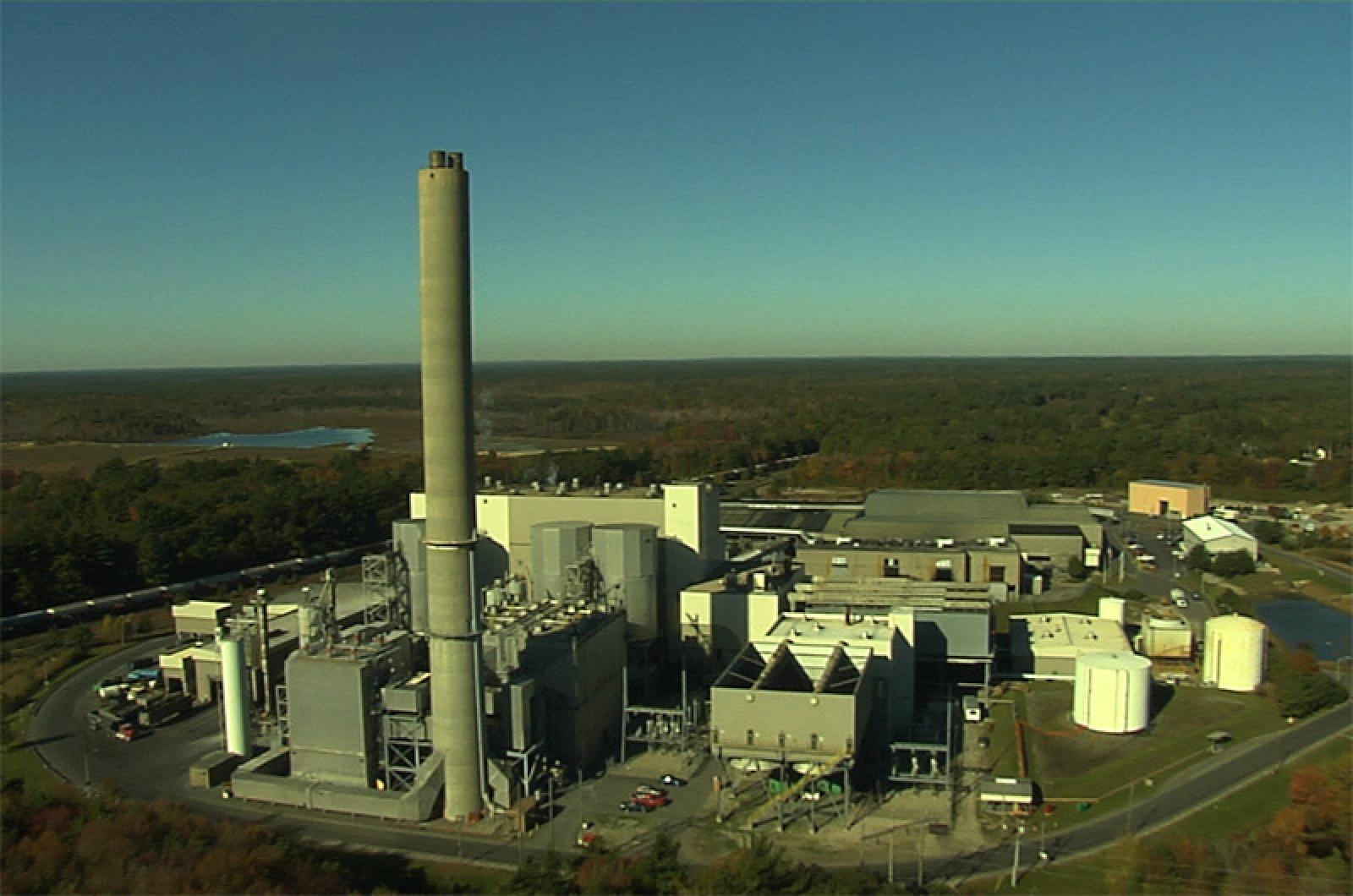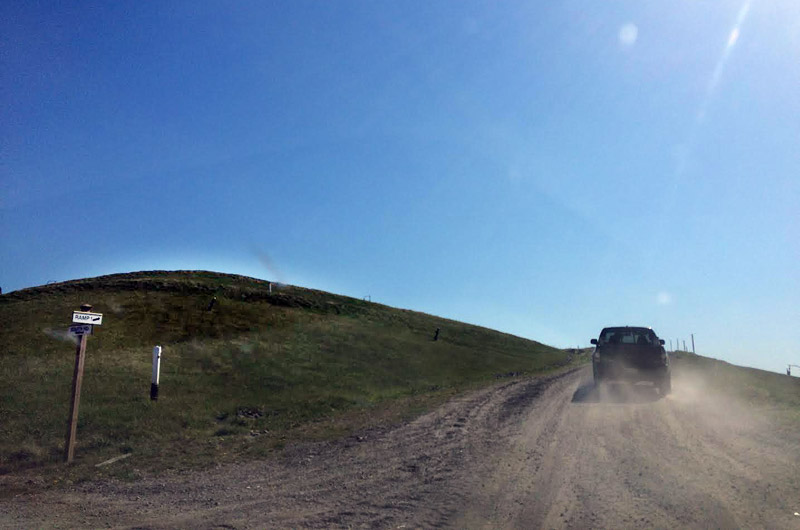Every year, 40 per cent of the food grown in this country is never eaten. The waste happens in farm fields, during processing and transportation, in grocery stores, restaurants, and in our homes.
Going into that uneaten food is hundreds of millions of pounds of pesticides and fertilizers, hundreds of millions of gallons of fresh water, and an equivalent amount of greenhouse gas emissions as that of 33 million passenger vehicles. Nationally, we spend $1.5 billion a year just to dispose of wasted food.
This waste is especially sobering considering all the people who struggle with hunger and food insecurity in our country.
For a long time, I’ve been curious about what happens to the food we throw away on the Vineyard. After we chuck an apple core or banana peel or mysterious leftovers from the back of the refrigerator into the trash, where does it go? What is the life of this trash after it leaves our plates?
To find out, I first went to meet with Don Hatch from the Martha’s Vineyard Refuse District in Edgartown. MVRD handles waste from Edgartown, Chilmark, West Tisbury and Aquinnah, and they send all the trash from these towns to SEMASS, a waste incineration and recycling facility in Rochester. The Oak Bluffs transfer station handles the trash from Vineyard Haven and Oak Bluffs and from private trash hauling companies, and they send it on to the Greater New Bedford Regional Refuse Management District, where it is buried at the Crapo Hill Landfill on the outskirts of the Whaling City.
Don reports that we send 10,000 to 12,000 tons of trash off-Island for incineration or burial every year. That’s between 2 and 2.4 million pounds of trash from our community. In July and August, MVRD alone hauls two to three trailer trucks full of trash off Island every day. Don estimates that roughly 45 per cent of the weight of the trash they dispose of is food waste.
After talking with Don, I wanted to see what these facilities were like for myself. So I went to visit Scott Alfonse, director of the New Bedford refuse management district, for a tour of Crapo Hill. Scott told me that their facility takes in up to 425 tons of garbage each day, from North Dartmouth, New Bedford, Tisbury, Oak Bluffs, Dartmouth and Freetown. They bury this waste in fully lined containers called cells, until the mountains of trash reach a particular height limit, when they cap them and start in on a new cell.
Scott led me up a dirt track to the top of a capped cell, which looked like a sloping, grassy mountain and had no smell. Black vent pipes dotted the hillside. The vents capture methane and other gases released by the decomposing trash, which is then piped down the hill to an energy generating station where it is burned. They use some of the roughly 2.8 megawatts of electricity generated to power their own facility, and sell the rest to Eversource.
Beside the energy station was a large green tank that Scott explained was a pilot anaerobic digester, where liquid food waste (including ice cream from Friendly’s and soup from a nearby soup factory) is decomposed, with the methane released sent to the power generator. Scott and his team are hoping to expand their pilot program with the digester from its current 100,000-gallon capacity to a million-gallon capacity.
The sheer volume of waste that moves through the landfill each day is staggering. “We generate way too much food waste,” Scott said. “And even after we throw it away we squander it — it’s a resource and it can be put to use.”
At SEMASS, outreach coordinator Patti Howard spoke in similar terms. Located about half an hour from the boat, SEMASS processes more than a million tons of waste each year. At this facility, they separate and recycle all the metal scrap they receive and burn what they can’t recycle. Heat from the incineration is used to power energy generators, producing about 80 megawatts of electricity, enough to power 52,000 homes.
“One of the biggest misconceptions about using trash to make renewable electricity is that we want you to make more trash,” Patti said. “And that’s not true. We want you to reduce, reuse and recycle aggressively, and then the small bits leftover we’ll use as a fuel to make electricity. It’s just like when you compost: you use the scraps one more time. We’re using your trash scraps one more time.”
I was glad to learn about all the work going into making best use of what we throw away, and was heartened by both Scott and Patti’s emphasis on waste reduction. But we cannot escape the fact that all this impressive infrastructure is converting what was once wild land into towering mountains of garbage and massive industrial processing facilities, in order to deal with a great volume of trash that we shouldn’t have thrown away in the first place. The waste that comes to these facilities from the Vineyard, much of which is made up of discarded food, has also made the journey from the Island on fossil fuel-intensive trucks and ferries. If we could reduce the amount of food we throw away, we could cut these trips by a third or more.
To do that, we will need to become more mindful of what we throw away and more proactive in reducing our food waste. There is collective action we can take to reduce food waste on a community scale too. Sophie Abrams, an Islander with an MBA in sustainability from Marlborough College, was recently awarded a Martha’s Vineyard Vision Fellowship to spend a year conducting a feasibility study on how the Island could best approach community-wide food waste reduction strategies and municipal-scale composting. She is already generating great ideas, compiling resources and convening a working group that aims to change food waste patterns Islandwide.
Meanwhile, other meaningful steps are being taken to reduce food waste here. The Island Grown Gleaning program harvests produce on local farms that would otherwise go to waste, and distributes it to Islanders in need. To volunteer for the program, email Jamie O’Gorman at jamie@islandgrown.org. Learn how to reduce food waste at home with the help of the Waste-Free Kitchen Handbook by Dana Gunders, available at local libraries. And learn more about the food waste issue by watching the documentary Just Eat It, available on Amazon, or by researching information on the new website, ReFed.com.
At Island Grown Schools, we teach children from preschool through high school about food waste and how they can help reduce what we throw away. We’re also helping schools develop composting solutions and food waste reduction programs in their cafeterias. To learn more or volunteer, visit our website (islandgrownschools.org).
Noli Taylor is the founding leader of Island Grown Schools, a program of the Island Grown Initiative.








Comments (1)
Comments
Comment policy »